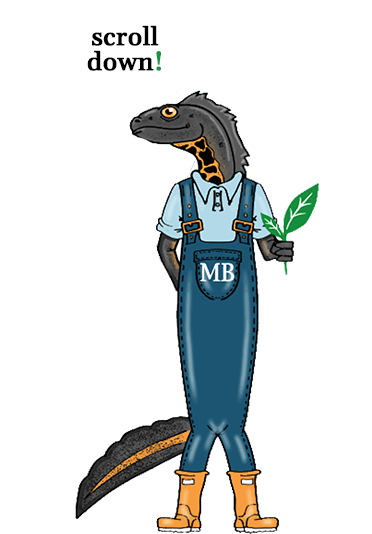Prunus spinosa (Blackthorn)
Other Names: Sloe
Description: This species is a large deciduous shrub or very occasionally a small tree. It is abundant in hedgerows and scrubland has a blackish bark and very spiny branches. In early spring the white flowers are produced, just before the leaves. It produces abundant fruits called Sloes and are 12mm wide blue-purple spheres. The species can sucker easily and form dense stands.
Uses: Largely planted both today and in the past to create cattle proof hedges in agriculture. A more modern use is to gather the fruits to make Sloe Gin which is now produce commercially across the country. Blackthorn also makes excellent fire wood producing lots of heat but little smoke. The wood is also used to make walking sticks and tools parts as it is hard-wearing and tough.
Conservation Value: Another species that flowers early in spring that provides valuable nectar after hard winters for bees. There are many moths such as the Lacky and Magpie that feed on the leaves at caterpillars and the Black and Brown Hairstreak butterflies also make use of this species. Birds use the thick, thorny and well protected stands as ideal nesting locations and feast on the many other insects that make use of the bush as well as the many sloes.
Preferred Locations: Chalk, clay, sand and loam soils are all suitable and the species prefers moist but well drained locations fully in the sun.
Size: Rarer Blackthorn trees can grow from 5m to 7m but more usually to around 3m in a hedge or stand with a 2.5m to 4m canopy spread.
Time to reach full height: 20 to 50 years.
Lifespan: Up to 100 years.
Quercus patrea (Sessile Oak)
Common Names: Cornish Oak, Irish Oak, Durmast Oak
Description: Large deciduous tree is common in woodlands, parks and hedgerows throughout the UK and is one of only two native Oaks. The leaves are lobbed but differ from the Pedunculate Oak in that they have a short stalk leading to each leaf from the twig. The fruit of this tree is the acorn and can again be differentiated from Pedunculate Oak by the lack of a stalk leading to the cup of the acorn which is found on the Pedunculate Oak. The bark is dark grey and deeply fissured with the trunk of mature trees often exceeding 2m.
Uses: Oak trees produce one of the hardest and most durable wood on the planet and as such have been greatly valued for millennia. However, they are very slow growing and can take 150 years to be most useful in construction. Modern uses are flooring, wine barrels, furniture and firewood, but famous historical uses are strong gates to castles and building wooden battleships, especially during the Napoleonic wars where one ship of the line could use as many as 400 trees.
Conservation Value: Whether Sessile or Pedunculate, Oaks support more wildlife that any other native species making them invaluable in conservation terms. They are the sole provider of habitat for 257 species of insect which are in turn the food source for birds and other species of predator. The bark provides ideal locations for mosses, lichens and liverworts and the deadwood cavities often found in mature trees provide nesting and roosting opportunities for birds and bats.
Preferred Locations: Chalk, clay, sand and loam soils are fine but this species does prefer poorer more acid soils which are moist but well drained and in full sun to partial shade.
Size: 20m to 40m tall with a canopy spread of 8m to 12m.
Time to reach full height: At least 50 years.
Lifespan: 350 years.

